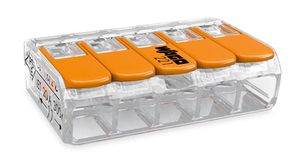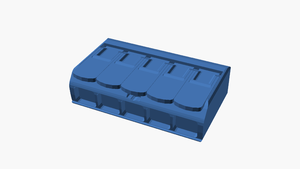Electrical connectors: Difference between revisions
No edit summary |
|||
| Line 10: | Line 10: | ||
=Challenges= | =Challenges= | ||
There are too many different shapes, sizes, and varieties of electrical connectors, switches, plugs, and receptacles to count. Additionally, each often requires it's own special tools, processes, consumables, etc. | There are too many different shapes, sizes, and varieties of electrical connectors, switches, plugs, and receptacles to count. Additionally, each type of connector often requires it's own special tools, processes, and consumables such as crimping, soldering, welding, etc. | ||
=Approaches= | =Approaches= | ||
Revision as of 01:55, 3 April 2021
Introduction
Nearly every project requires many electrical connections.
Challenges
There are too many different shapes, sizes, and varieties of electrical connectors, switches, plugs, and receptacles to count. Additionally, each type of connector often requires it's own special tools, processes, and consumables such as crimping, soldering, welding, etc.
Approaches

Wherever possible, replimat projects are wired with versatile and fully reusable 221-615 five position Wago lever nuts or equivalent terminal blocks (link?). These accept larger 20 - 10 gage wire than the more commonly used 221-415 connectors' 24 - 12 gage range.
The Wago 221-615 Holder/Mount allows for Wago 221-615 connectors to be panel mounted and easily reconfigurable bus bars.
Development targets
Adjust the Wago 221-615 Holder/Mount to fit the Replimat grid.
